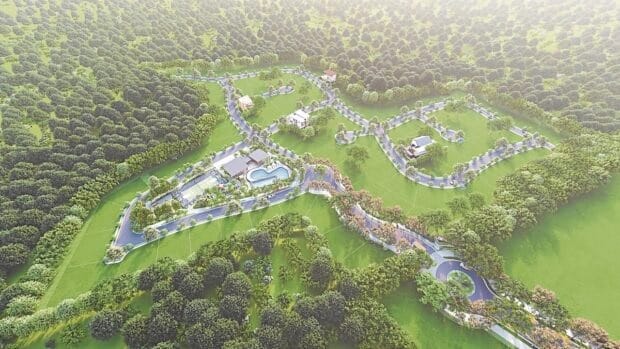The landowner’s dilemma: How to develop the property
Among all asset classes, property, and more specifically land, is probably the most unique.
It is a tangible, long term, fixed asset that can generate income streams to the owner through rent. It appreciates in value over time since it is a finite resource, and its exchange value can be boosted if marketable improvements are provided on or around the property, i.e., through real estate development or the availability of service infrastructure.
Unless the use of land is constrained by zoning regulations or legal encumbrances, it is a compelling asset class for investors since it stores and builds wealth. The fact that it is heritable and transferable makes it even more attractive since its economic benefit can be realized across multiple generations of owners.
Given these advantages, aggregating land (particularly low-priced land) for future sale or development—a process known as land banking—has long been a strategy in real estate and has been applied across multiple scales of properties, from small parcels to large land assemblies. Many of the large-scale townships and business districts we now see around us were former land banks at the fringes of cities.
Unique investment instrument
Unlike money and other physical assets, land value appreciates over time.
This spatio-temporal characteristic of land makes it unique investment instrument. And if there is no theoretical upper limit to the increase in the value of land, then when is the right time to convert the asset to real estate use and monetize its latent value?

Many landowners eventually consider monetizing their asset by outright sale or by converting their raw assets into real estate products. (HTTPS://HOME.HOWSTUFFWORKS.COM)
Landowners will often hold on to their property until they see the opportunity to “harvest” the accrued and latent value in their properties, meanwhile keeping their land idle or utilizing it for temporary uses such as parking, farming, leisure, stockyard, and others.
Whether driven by the pressures of urbanization or burdened by the carrying costs of land, or prompted by government policy (e.g., land reform), or simply attracted by the appeal of property development, many landowners eventually consider monetizing their asset by outright sale or by converting their raw assets into real estate products.
We often encounter landowners who have a certain vision for the ultimate use of their property and would like to see it developed according to that vision within their lifetimes.
Thus, it is tempting to try to realize this vision themselves.
After all, if land increases in value even if the owner doesn’t do anything, how much more value would it generate if you improve on it? It should be a fairly simple endeavor, right? Well, unfortunately, it isn’t.
Developing a property yourself may be tempting since it implies capturing all the financial returns. However, it also means solely carrying the burden of all the appurtenant risks and responsibilities that come with property development.
Naively venturing into property development on your own without the track record, expertise, organization, and resolve to carry through a highly tedious and lengthy process could end up being financially or reputationally costly for the landowner.
Highly complex industry
Property development is a highly complex and highly regulated industry, laced with multiple layers of processes and permits.
It is highly specialized in nature, requiring the knowhow of various technical, financial, and legal experts. It is also requires longevity since there is no quick exit in property development and the responsibilities of the developer would stretch well into the operations stage.
An alternative to DIY development would be to partner with an established developer through a joint venture or a joint development arrangement. Partnering with an established developer is a way to mitigate risks and avoid the hassle of development. With a partner, the landowner could ride on the brand, capability, capital, organization, and expertise of the developer.
The partner would usually cover development costs while the owner throws in his land as his equity in the venture. Each will then share in the returns in proportion to the value of their respective inputs.
Since development and management costs tend to be higher than raw land costs, partnership requires a realistic and fair valuation of the raw land.
Urban economics demonstrate that the value of land is inversely proportional to the distance to the city center.
While this is a generally accepted truism, the valuation of specific land parcels is more nuanced and will vary per location, affected by numerous factors such as parcel size, zoning, terrain, soil condition, drainage, views, etc., not to mention the sentimental value that owners may ascribe to their properties, which could affect valuation.
Long-term commitment
Ultimately, given the complex and lengthy process of real estate development, the underlying reason why a landowner will shift to property development should transcend financial considerations. Property development is a long-term commitment that should not be viewed simply as a financial transaction. There is a broader set of responsibilities that comes with property development since it creates long-term impacts on the landscape and on surrounding neighborhoods. While the direct financial benefits from monetizing land assets may be promising, development can generate externalities such as conversion of agricultural land, displacement, traffic congestion, and many others.
Any development must therefore consider these impacts and strive not just to mitigate negative impacts, but more importantly to create beneficial impacts for more people that can cascade over time.
At the end of the day, it is about creating lasting communities.
